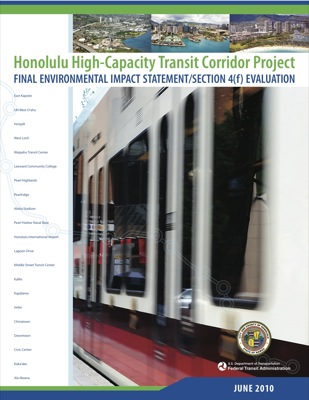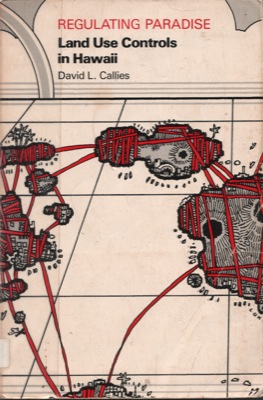Yesterday, in response to the Antiplanner’s post about crony capitalism, Scrappy commented that Honolulu needs rail transit to “reduce our carbon footprint, save energy and get us off the maddening addiction to cars.” He added that, “the environmental community in Honolulu is strongly behind rail.”
I appreciate Scrappy’s comment and don’t want to discourage him from participating in this forum, but I find it sad that my former colleagues in the environmental movement have become so innumerate that they would support a turkey like the Honolulu elevated rail plan. The final environmental impact statement for that project is now available. Let’s see what it says about saving energy, carbon, and driving.
Start with energy. Table 4-21 of the FEIS says the project will save 396 million British thermal units (BTUs) of energy each day, or 144,540 million BTUs per year. Sounds great, except that page 4-206 says project construction will cost 7.48 trillion BTUs. That means it will take 52 years of savings to pay back the energy cost. Long before 52 years are up, huge energy investments will be needed to replace rail cars, worn out track, and other infrastructure. So there is likely no net energy savings.









